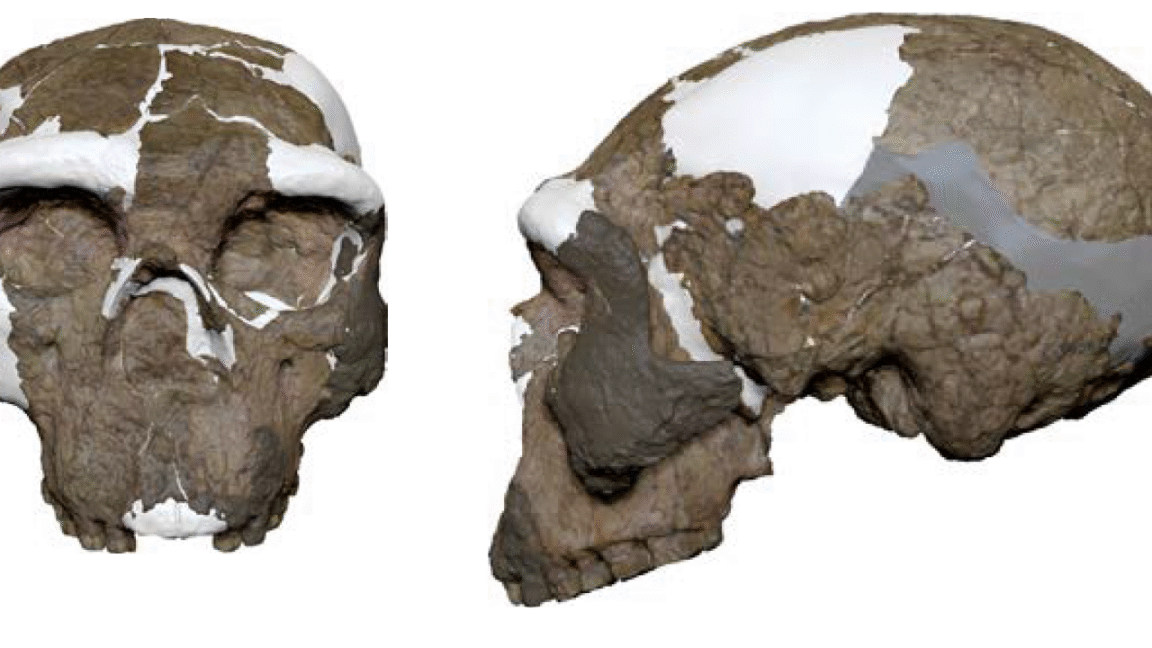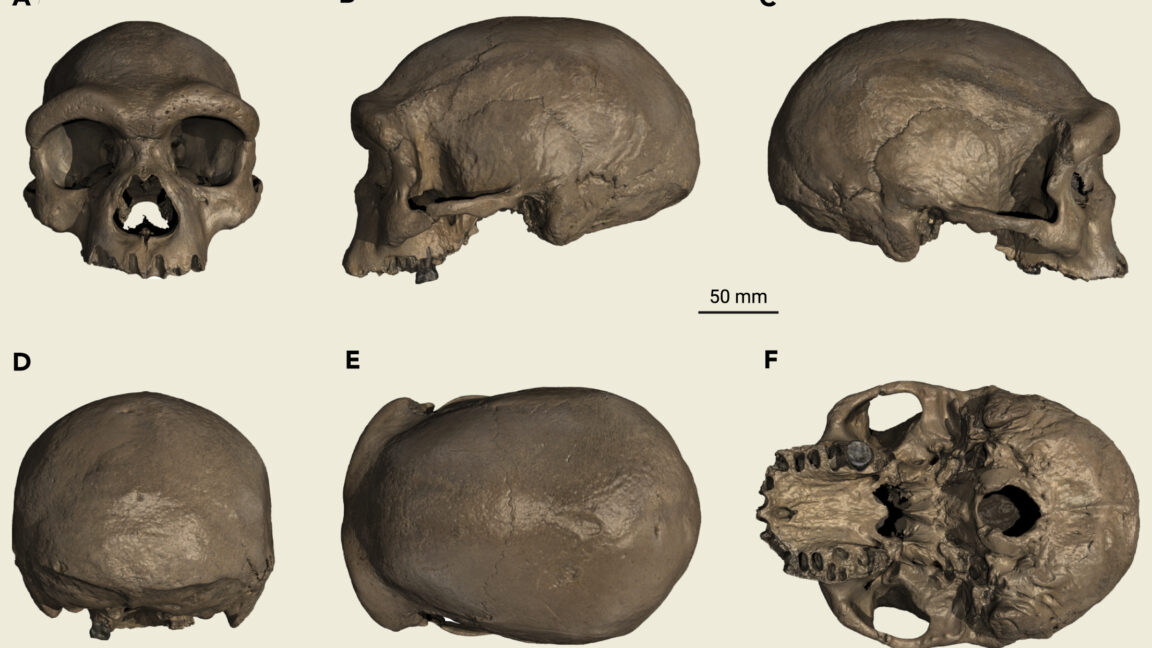fromNature
2 days agoHome-field advantage: how local research leads to new discoveries
The Cradle of Humankind is a complex system of limestone caves that has the world's highest concentration of ancient human fossils. It's located about 50 kilometres northwest of Johannesburg, South Africa. When I started working there as a PhD student ten years ago, I never thought that I would be the person making discoveries. I always saw myself as a support person who helped the palaeontologists and archaeologists.
Science






